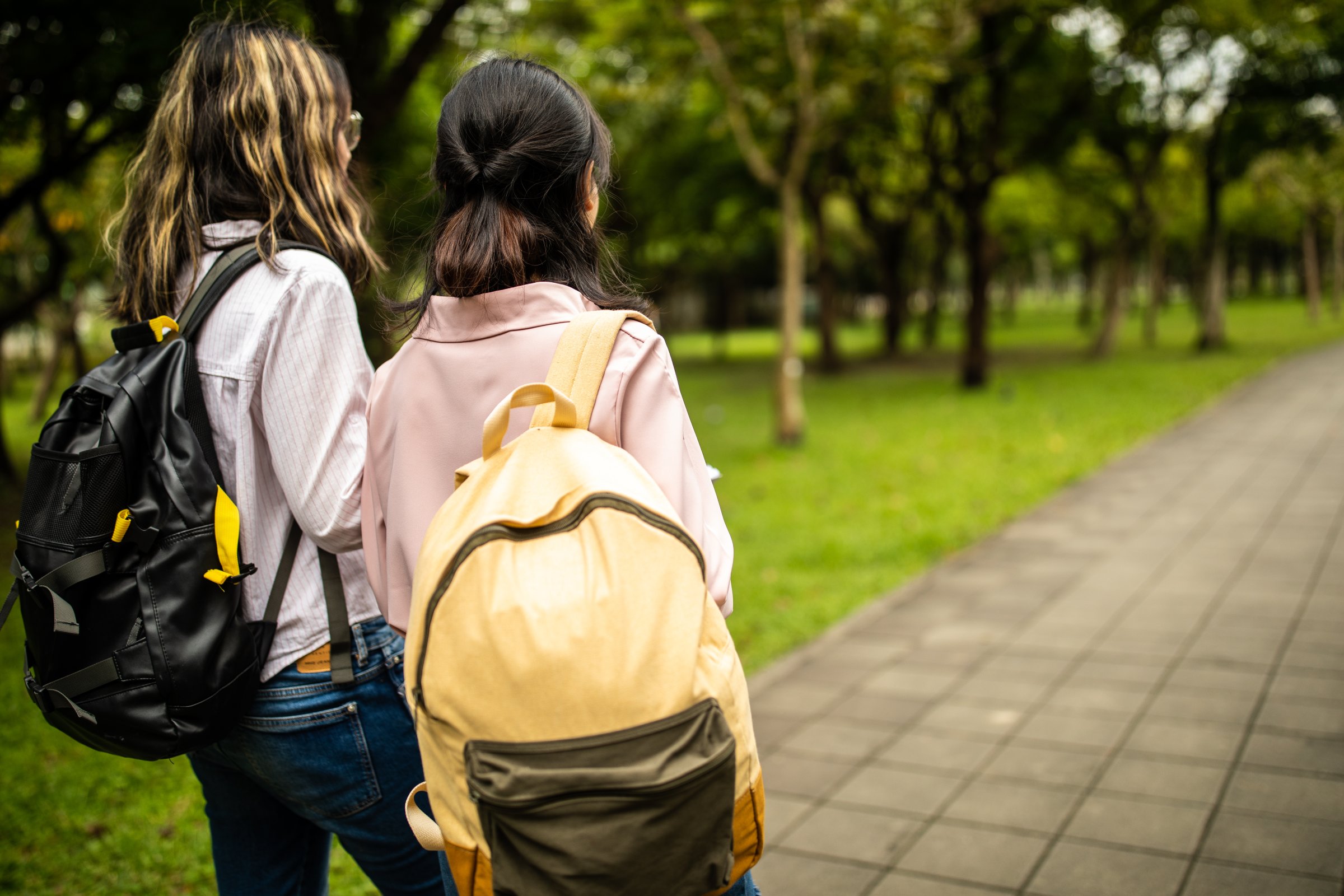
Almost three in five U.S. teen girls reported feeling sad or hopeless in 2021, the highest level seen in a decade and nearly twice the rate among teenage boys.
Rates of reported sexual violence and suicide risk rose among teen girls during the same year, according to the U.S. Centers for Disease Prevention and Control’s latest Youth Risk Behavior Survey. At least one in 10 high school girls said they have at some point been forced to have sex, a 27% rise since a survey two years earlier and the first increase since the CDC began recording the measure in 2001. Nearly a third of girls said they seriously considered attempting suicide, up 60% since 2011.
The rising rates of stress and harm are particularly concerning as some states crack down on women’s access to reproductive services in the wake of the Supreme Court’s reversal of Roe v. Wade, the 1973 decision that established a constitutional right to abortion. The CDC said it is continuing to monitor states to make sure that victims of sexual violence can access needed services, said Kathleen Ethier, the director of CDC’s Division of Adolescent and School Health.
Read More: For Teens, Saving Each Other From Social Media Is a Team Effort
The CDC, which has conducted the youth survey every two years for three decades, was “overwhelmed” by the levels of violence and trauma seen in the latest round, especially among girls and LGBTQ youth, Ethier said.
The CDC collected the responses from high school students during the fall of 2021. Although mental health worsened overall for teens during the pandemic, the differences between girls and boys were stark, according to the report.
“I don’t think that’s something that we’ve seen before,” Ethier said. “It’s just devastating to think about the young women in our lives that we know.”
Survey findings
Findings from the survey included:
More than one in five LGBTQ teens reported that they had attempted suicide during the past year, the CDC report found. The results add to other recent reports that have shown worsening rates of depression and anxiety among young LGBTQ people in the U.S. at a time when nearly one in five high school students do not identify as heterosexual.
The relative isolation brought on by COVID has had an enormous impact on youth mental health, exacerbating trends seen prior to the pandemic. Overall, more than 40% of high school students reported feeling so sad or hopeless that they could not engage in their regular activities for at least two weeks during the previous year, the CDC survey found.
Younger and younger kids are feeling the effects, too. Last year, the U.S. Preventive Services Task Force, an independent panel of experts that guides U.S. health recommendations, said that all children 8 and older should be screened for anxiety.
Next steps
Tackling the country’s growing mental health crisis has become a higher priority for both the Biden administration and Congress. Last month, the Department of Health and Human Services awarded nearly $245 million in Bipartisan Safer Communities Act funding to support youth mental-health programs.
Read More: There’s a New Number to Call for Mental-Health Crises: 988
Others haven taken aim at what they say is the source of the crisis: social media. Last month, the Seattle city school district filed a novel lawsuit against Alphabet Inc., Facebook parent Meta Platforms Inc. and other tech companies alleging that social media contributes to students’ anxiety, depression and other psychological troubles. Similar claims were filed last year by families, including more than a dozen blaming tech companies for suicides. Alphabet has responded to the Seattle suit, saying that it has invested in creating safe experiences for children and prioritizes their well being.
The CDC said it’s helping schools mount more support services and educational programs aimed at teaching students about sexual consent and managing emotions. The agency works with school districts across the country to create education programs that are inclusive, culturally competent and address the wide range of needs among young students, Ethier said.
“School-based activities can make a profound difference in the lives of teens with a relatively small infusion of support,” the agency said in a statement.
More Must-Reads from TIME
- Cybersecurity Experts Are Sounding the Alarm on DOGE
- Meet the 2025 Women of the Year
- The Harsh Truth About Disability Inclusion
- Why Do More Young Adults Have Cancer?
- Colman Domingo Leads With Radical Love
- How to Get Better at Doing Things Alone
- Michelle Zauner Stares Down the Darkness
Contact us at letters@time.com